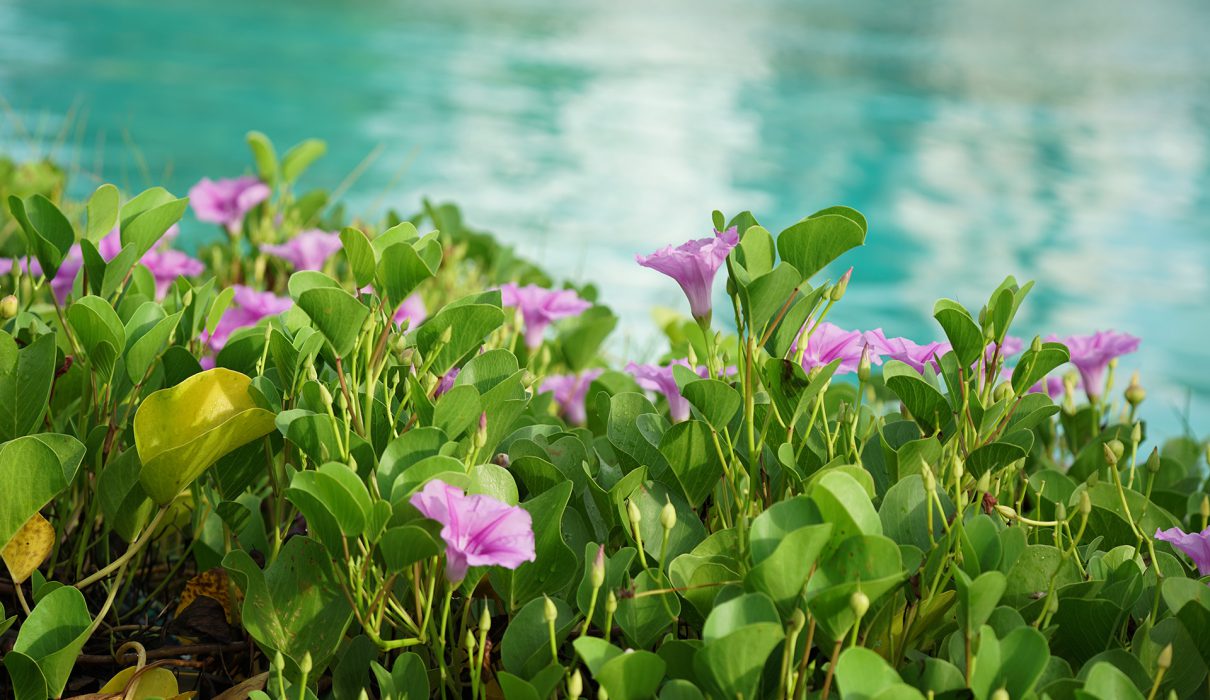Description: Thanburu” in Dhivehi, is a prevalent coastal plant in the Maldives, thriving on beaches above the high tide line. This hardy, salt-tolerant plant is recognized for its light pink, crepe-paper-like flowers that bloom throughout the year.
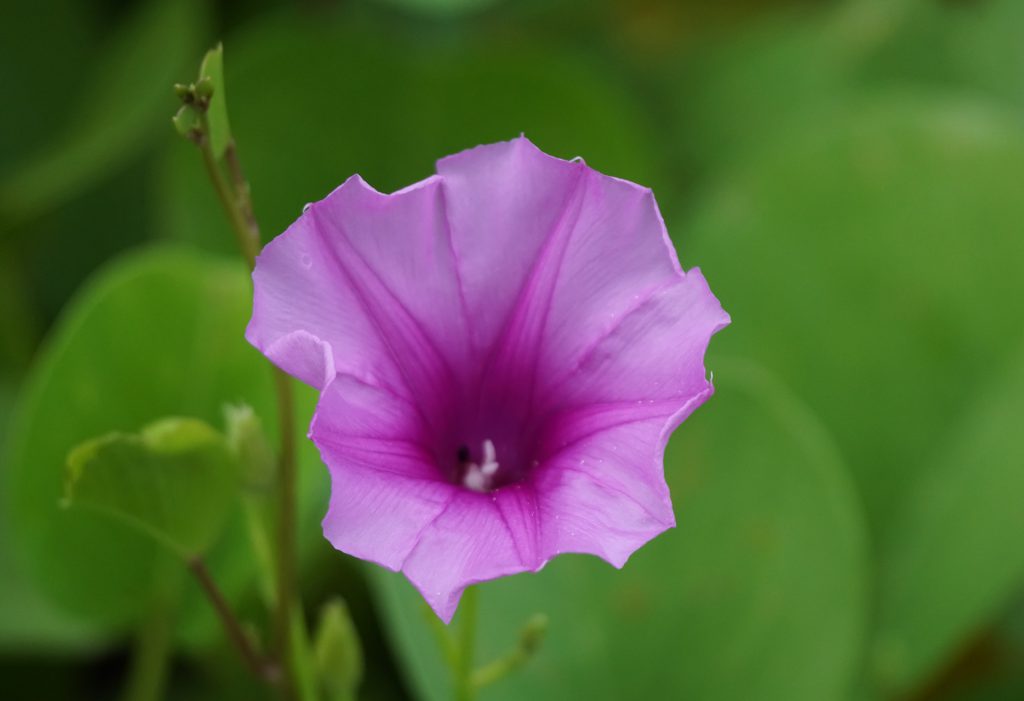
Common Names:
- Dhivehi Name: Thanburu (Noonu Lhohi Island: Thanbura)
- English Names: Beach Morning Glory, Goat’s Foot Creeper
Family:
- Convolvulaceae
Growing Conditions:
- Hardy Zone: 10 and higher
- Exposure: Full sun
- Container Growth: 1-3 feet
- Minimum Temperature: 60°F
Distribution in the Maldives: Beach morning glory is commonly found along the sandy shores of various Maldivian islands. It prefers the upper parts of beaches, where it endures salted air and contributes to the unique coastal ecosystems of the Maldives.
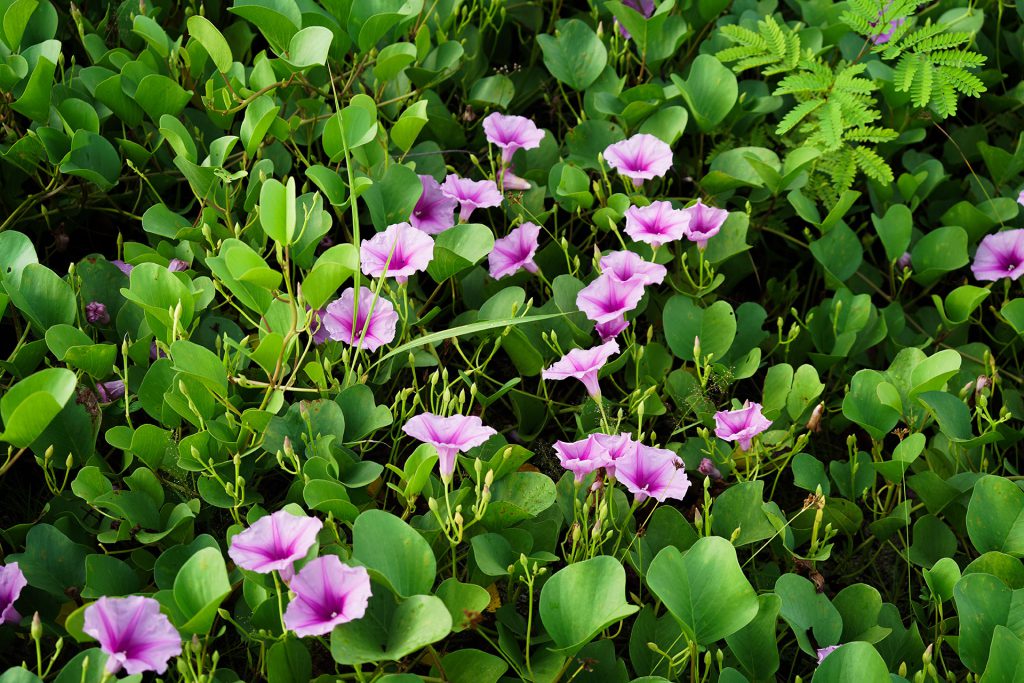
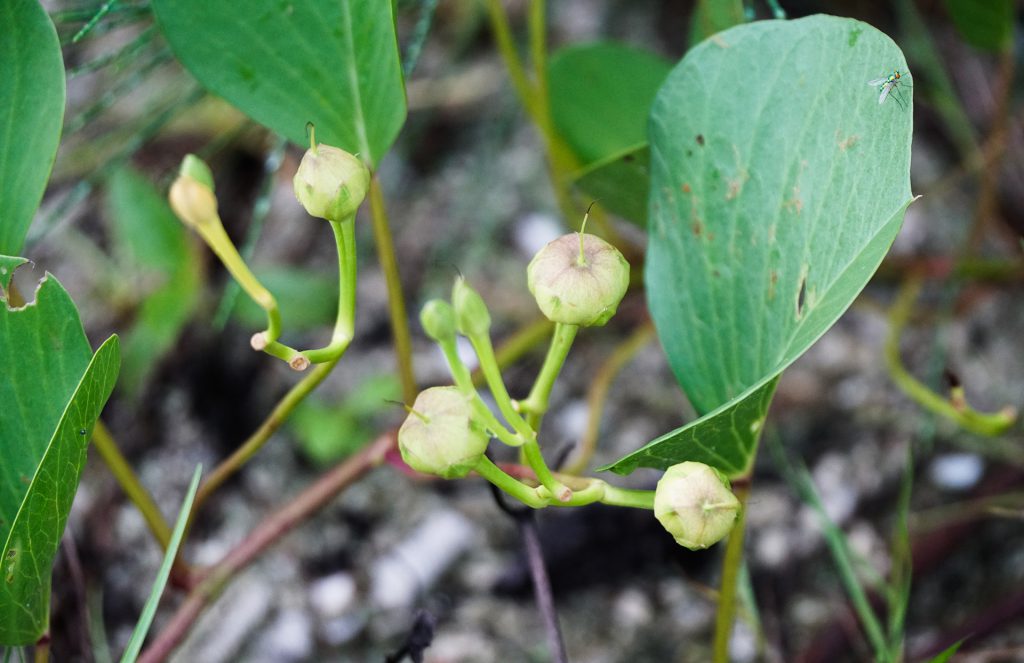
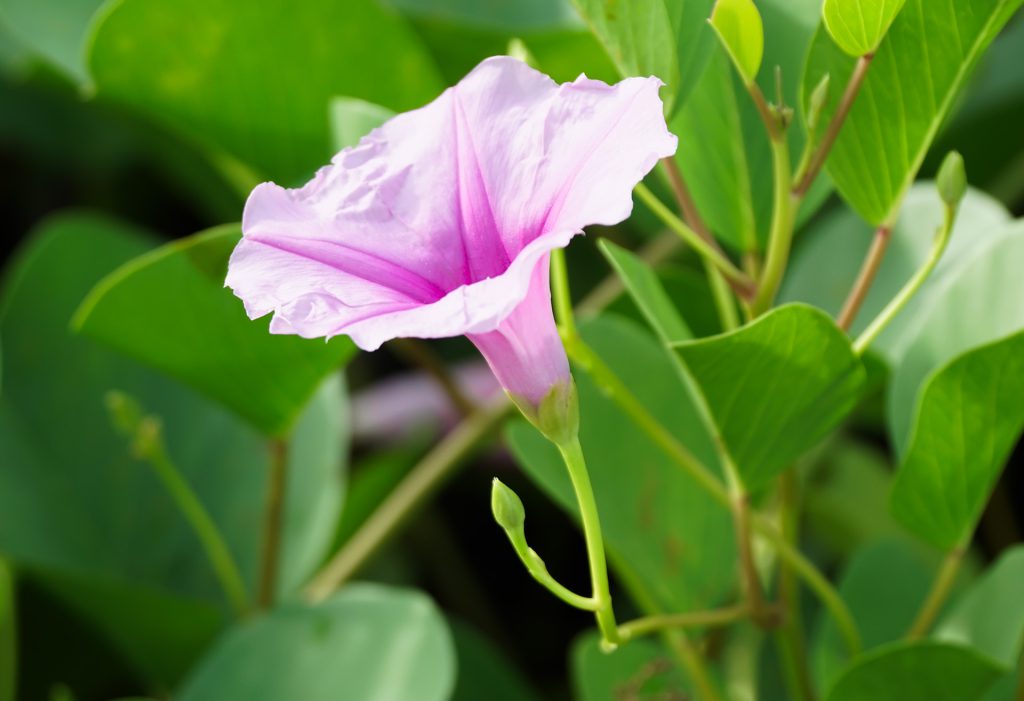
Medical Uses: In traditional practices:
- Used as a poultice for stingray and stonefish stings by Aboriginal communities in Australia.
- In Brazil, the subspecies brasiliensis, known as salsa-da-praia, is used in folk medicine to treat inflammation and gastrointestinal disorders.
- In the Philippines, locally known as Bagasua, it is used to treat rheumatism, colic, oedema, whitlow, and piles.
References:
- IUCN Red List – Ipomoea pes-caprae
- Germplasm Resources Information Network
- Railroad Vine (Ipomoea pes-caprae): Identification and Uses
- NParks | Ipomoea pes-caprae
- TopTropicals – Ipomoea pes caprae
- Medicinal Uses in Ayurveda
Note: The provided information focuses on the unique aspects of Beach Morning Glory in the Maldives, emphasizing its local name, distribution, and traditional uses in the region. The reference links offer additional insights and details.


